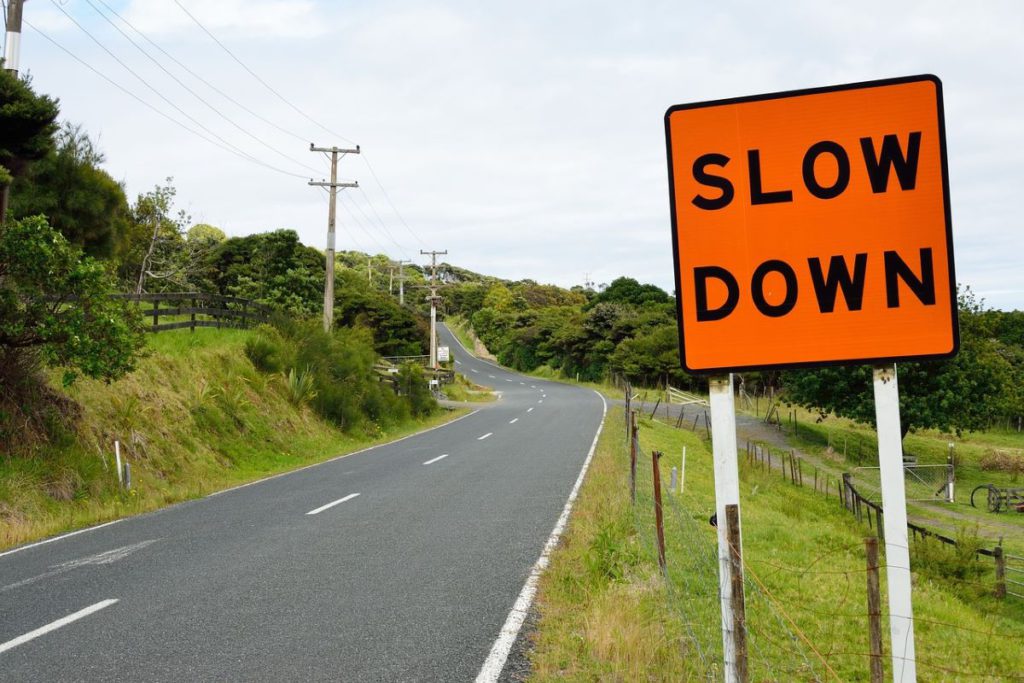Traffic technology has come a long way since the early days of transportation. From the first traffic light in 1868 to today’s sophisticated smart cities, technology has transformed the way we move through our urban environments. One of the most important aspects of traffic technology is traffic management signage, which has evolved to become a crucial part of modern transportation infrastructure.
The history of traffic signs goes back to the early days of motor vehicles. Before the widespread use of signs, drivers relied on hand signals and road markings to navigate the roads. The first road sign in the United States was installed in 1895 in New York City, and it simply read “STOP.” However, it wasn’t until the early 20th century that road signs began to become more standardised.
The first standardised road signs were introduced in the United Kingdom in 1903. These signs were based on the principle of using symbols and colours to convey information rather than text.

Over the next few decades, the signs continued to evolve, with new ones being introduced to reflect changes in traffic laws and regulations. One of the most significant changes came in the 1950s with the introduction of the interstate highway system in the United States. This system required the creation of a new set of signs to guide drivers on these new, high-speed highways.
Today, traffic management signs are a critical part of modern transportation infrastructure. These signs provide drivers with information about speed limits, lane designations, upcoming exits, and other important details. They also serve as an important communication tool for traffic control companies in Melbourne and other cities, allowing them to direct traffic and respond to changing conditions on the road.
In recent years, the signs have undergone a significant transformation, thanks to advances in digital technology. Intelligent transportation systems (ITS) use a variety of sensors, cameras, and other technologies to collect and analyse data about traffic flow, weather conditions, and other factors. This data is then used to optimise traffic management signage, ensuring that drivers receive the most up-to-date information and that traffic flows smoothly.
One example of this technology in action is variable message signs (VMS). These signs can display real-time information about traffic conditions, allowing drivers to make informed decisions about their routes. For example, a VMS might display information about an accident ahead, giving drivers the option to take an alternate route. VMS can also be used to display warnings about weather conditions, such as ice on the road or heavy rain.
Another example of modern traffic management technology is the smart traffic light. These lights use sensors to detect the presence of vehicles and adjust their timing accordingly. For example, if a traffic light detects a long line of cars waiting to turn left, it can adjust the timing of the light to allow more cars to make the turn. This can help reduce congestion and improve traffic flow.
Overall, the evolution of traffic technology has had a significant impact on the way we move through our cities. Road signs are just one part of this story, but they are crucial. As technology continues to advance, we can expect to see further improvements in traffic management, with smarter, more efficient systems that help us get where we need to go more quickly and safely.
In conclusion, road signs have come a long way since the early days of transportation. From the first standardised road signs in the UK to the smart traffic lights and variable message signs of today, traffic technology has evolved to become an essential part of modern transportation infrastructure. As traffic control companies continue to embrace new technologies, we can expect to see further improvements in traffic management, with safer, more efficient roads and highways for all.

